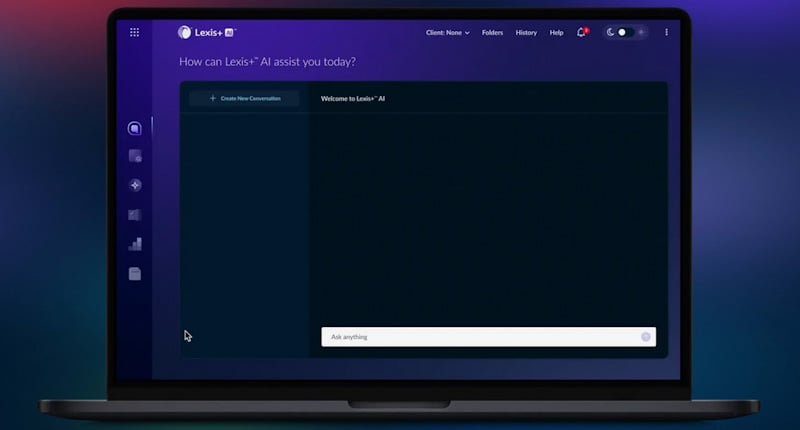Software helps assemble social media posts from a specific event or point in time

Photo of Victor Li by Saverio Truglia
Before he became a trial lawyer (and an advocate on behalf of the wrongfully convicted), Sean MacDonald in Toronto worked as a private investigator. His experiences on both sides of the coin taught him all too well how time-consuming and expensive it could be to locate eyewitnesses months or years after the fact.
Then he saw a demo of LifeRaft, a cloud-based program that uses geolocation technology and data mining to monitor social media. It can re-create a scene based on public posts on social media.
LifeRaft was marketed primarily toward law enforcement officials to maintain public safety and monitor potential threats. But MacDonald saw other uses. “When I first saw it, it struck me like a bolt of lightning,” says MacDonald, a solo practitioner who sits on the board of directors at Innocence Canada. “I knew this would be unbelievably useful for lawyers preparing for trial.”
Social media contains a potential treasure trove of information. It seems people’s first instinct nowadays is to reach for the smartphone while they witness a fight, traffic crash or crime, then log on to spill the details. The problem was trying to comb through all the selfies, pet portraits and other irrelevant information in a quick, cost-effective way.
TIME MACHINE
With TrialDrone, which launched in late February 2016, MacDonald thinks lawyers now have the ability to go back in time and see who witnessed an event and what he or she said about it. TrialDrone, a sibling company to LifeRaft that uses the same software, claims to be able to re-create an event by identifying everyone who posts publicly to social media at a given time and location.
If an attorney wants to see how many people within a mile of the Boston Marathon bombing site posted to social media immediately before, during and after the event, the lawyer can search for that in TrialDrone.
TrialDrone can help lawyers prepare for trial in other ways, too. MacDonald says users can run a report on a specific witness to see what the witness posted and determine whether the posts are consistent with evidence provided at trial. Users even can run a link analysis on a particular witness to see his or her open-source social media contacts and who they’re connected with and speaking to. “There are literally tens—if not hundreds—of billions of open social media posts out there,” MacDonald says.
MacDonald is charging $325 to $625 per report—a fraction of what investigators usually charge, he says.
For one litigator, TrialDrone already is making a difference. Jonathan Halperin, an attorney at the Halperin Law Center in Glen Allen, Virginia, has handled numerous high-profile matters and used TrialDrone in several cases.
He used to handle Washington, D.C., Metro cases—“train derailments, fires inside the train and things like that,” Halperin says. “This technology is vital for those kinds of cases because you’ll have a bunch of people seeing it happen in real time and taking pictures and tweeting about it.”
Halperin says before he used TrialDrone, the process of social media intelligence was extremely time-consuming and not comprehensive. “We’d have to ask people for their social media posts, and the only way you get that is through discovery,” he says. “We had to chase everything down piece by piece.”
Meanwhile, MacDonald, who says he’s talking to several big firms about adopting TrialDrone, isn’t concerned that publicizing it will cause people to stop posting publicly.
According to statistics website Statista, Twitter alone had about 317 million users by the third quarter of 2016. “I don’t think we’re in any way going to stop that tide,” he says.
Law Scribbler Online: Victor Li shares his reporter’s notebook at ABAJournalcom/lawbythenumbers and on Twitter @LawScribbler. This article originally appeared in the February 2017 issue of the



